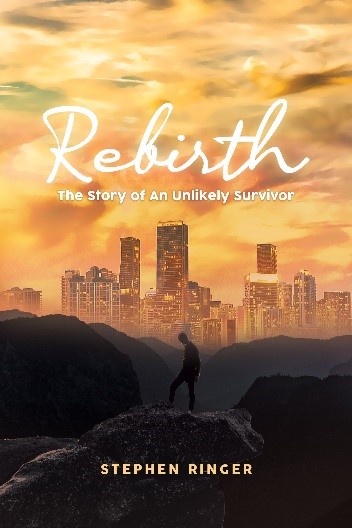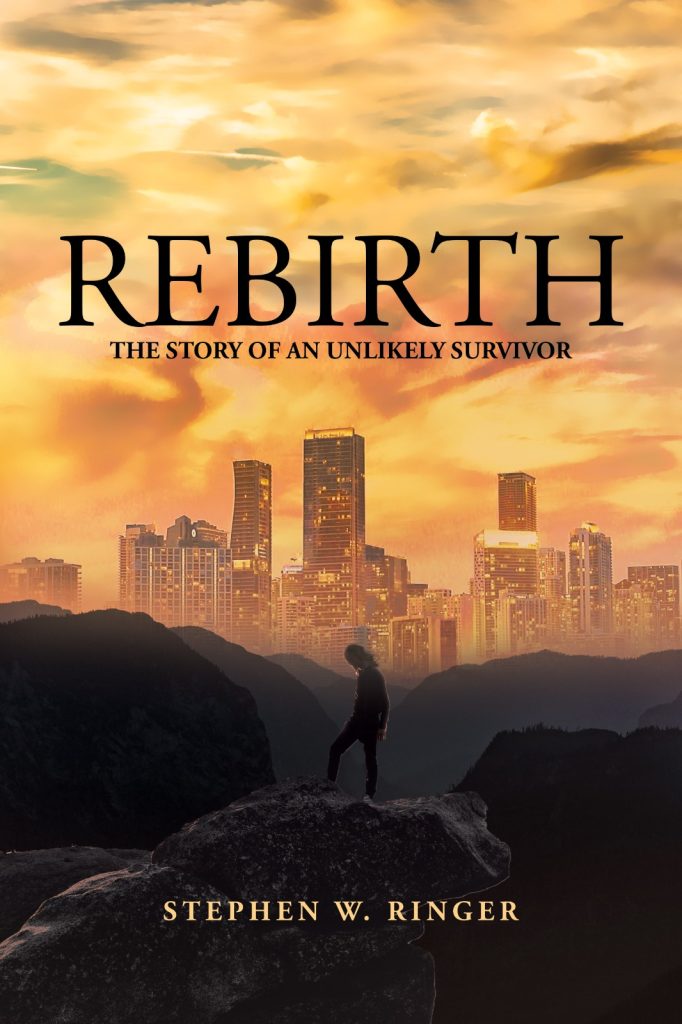
Picture yourself standing in the middle of a road. Look back, and you will see destruction, a phase of your life filled with addiction, agony, and guilt. But in front of you, is a path that gives you hope, a sense of renewal, and is more like a second to rewrite your story. This point is faced by many in their lives, and this is precisely where a person has to push themselves to begin the journey of recovery. It definitely is a giant leap of faith, but the results are equally satisfying.
Addressing Recovery
Recovery is not just quitting habits of consuming substances or behaviors that harm you and the people around. It’s an entire process of healing and building one’s life back, brick by brick. It’s about taking charge of oneself, finding peace, and accepting the changes positively.
It’s an entire process of healing and building one’s life back, brick by brick. It’s about taking charge of oneself, finding peace, and accepting the changes positively.
The journey is not easy at all, in fact is long and arduous, but it requires one to take small steps. With each step, you get closer to a healthy and more fulfilling life.
Recovery is significant not only for affected people but for the people around them as well. When recovering, individuals are actually inspiring the people around them, giving them evidence of how it works and that it can done. This ripple effect of happiness and positivity, clearly states the importance of resilience and the power of change.
Path to Recovery
The first step in the path to recovery is the most difficult one: realizing that you need to change. This is something very personal as the realization might come from deteriorating health, the guilt of hurting a loved one, or it could be just a moment.
This is something very personal as the realization might come from deteriorating health, the guilt of hurting a loved one, or it could be just a moment.
The next step is to seek help from others. This is also a difficult step because you have to accept, in front of the world, that you were on the wrong path and that you are working to get better. One can go to therapy or rehab centers or join support groups with people who share your struggles and can understand you.
Getting Recovered
The early steps of getting better from substance abuse require detoxification and regular therapy. The former cleans the body from harmful substances, while the latter helps the person to stay stable during the recovery. Both these steps are undeniably challenging in terms of emotional and physical aspects but are important to create the foundation of recovery.
Other than that, the affected individuals must create a company, a group of people that helps them stay motivated. This company can be the family, friends, or people from recovery groups. Along with that, one needs to keep building healthy habits like going for a run, exercising, following a healthy diet, and proper sleeping routines to keep both the mind and the body healthy.
Overcoming Challenges
One of the biggest challenges that one can face during recovery is relapses. A certain number of things can remind you of your old habits, the fake pleasure, and might tell you to quit and live in the moment. But there are things like meditation, counseling, and support groups that will help you remember and feel better about why you started this journey in the first place. Therefore, proper support is very important during recovery.
There are several stories out there that can be used for motivation along the journey, like the story of the famous basketball player, Chris Herren, who got addicted to drugs right when he needed to focus the most. As a result, he started getting worse at the sport and, later on, was expelled from professional basketball. He got involved in a car crash that turned into a twist in his story. He made up his mind to turn the tables and take this second chance seriously. Today, he has been sober for over a decade and shares the messages and lessons, helping people around the world. Several people have proved the second chance offered through recovery is worth it, and one should walk through the fire for it.
Conclusion
The journey of recovery can be one of the most powerful experiences of human life. If you or someone around you is challenged, they should remember that getting better is possible. No denying the daunting process, but the results are totally worth it.
In order to dive deeper into the topics of Recovery, Resilience, and becoming the best version of oneself, grab the book “Rebirth: The Story of an Unlikely Survivor.” The story reflects the author’s journey from addiction to recovery and reflects hope and conviction throughout.


 seeing change as an opportunity and not as a struggle. A growing mindset allows us to find the perks in that extra mile and the meaning of wounds that we get on our way towards success. Resilient people are always ready for uncertainties along the way, leverage their strengths in tough times, and celebrate the smallest of wins.
seeing change as an opportunity and not as a struggle. A growing mindset allows us to find the perks in that extra mile and the meaning of wounds that we get on our way towards success. Resilient people are always ready for uncertainties along the way, leverage their strengths in tough times, and celebrate the smallest of wins.

